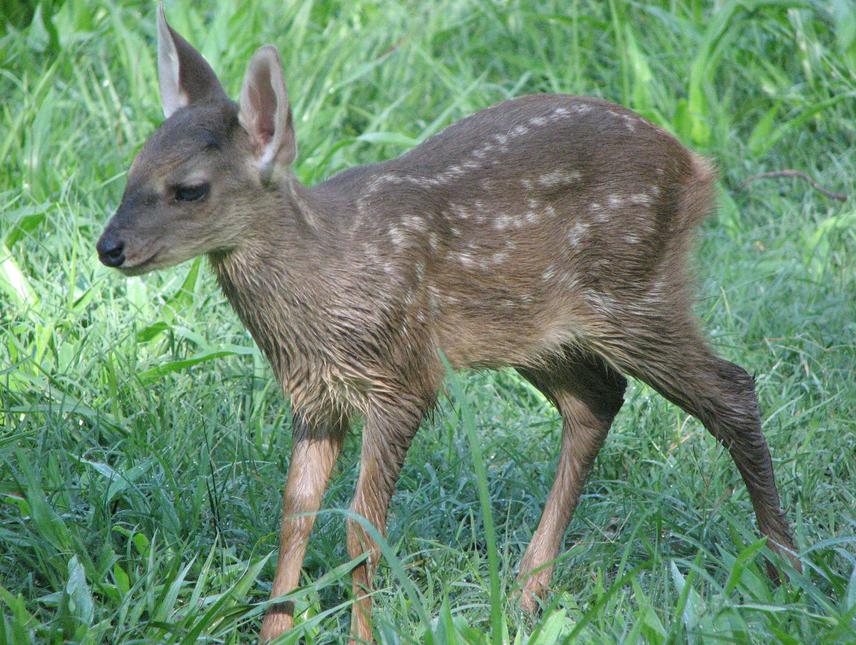Maria E Periago
Other projects
10 Mar 2006
Density Estimates of Grey Brocket Deer in Chancaní Reserve, Córdoba, Argentina
18 Jul 2007
Effect of Overgrazing and Deforestation on Grey Brocket Deer Comunities in an Arid Sector of the Chaco Region in Argentina
Our goal is to evaluate the gray brocket deer’s response to different land-use regimes in order to design appropriate recommendations for the local community on how best to balance their needs with those of wildlife.

In the Gran Chaco Americano Ecoregional Assessment (2005), The Nature Conservancy suggested that Chancaní Reserve and its surrounding areas are priority areas for conservation. Nonetheless, the surrounding privately-owned areas are subjected to land use of various intensities, with a recent trend towards annual crops and intensive cattle-raising. Patches of relict primary chacoan forest are vital for the survival of our native flora and fauna but Chancaní Reserve is a patch of pristine forest submerged in a matrix of cultivated land. How are gray brocket deer populations coping with the encroachment on their natural habitat?
This project has three main components. The first is to expand our original study of the deer population to the surrounding agricultural landscapes in order to compare the relative habitat suitability of cattle pasture, crops, timber and primary and secondary forest for brocket deer. This data will help us to make optimal recommendations about how to manage this habitat mosaic for deer. The second component is to survey the local people and find out their perception of wildlife and biodiversity, and the potential non-habitat related human threats to brocket deer, such as hunting. Finally, we will use our findings to develop management recommendations to help improve the sustainability of the natural resources, and use our relationships with the land owners to engrain the importance of this valuable species at a truly regional level. If successful, we hope that this model of community-based conservation can be replicated in other brocket-deer areas.
The results of our study will help shed light on the adaptability of the brockets to this changing environment which will in the future help us secure their populations. Regionally, the area of the Reserve is bound to the north by salt marshes, to the east by dry lands, to the south by a sizeable city and to the west by a small mountain range. We perceive that the expansion of intensive land use and urban areas will make or break the brocket´s future; right now we have a poor understanding of how deer utilise surrounding landscapes, and what the primary conservation threats to the animals are in these modified areas. In order to ensure a viable future for the deer beyond the reserve area, we need to expand the boundaries for conservation beyond protected areas into agricultural lands, similar to other Community-based Natural Resource Management projects elsewhere in the world.